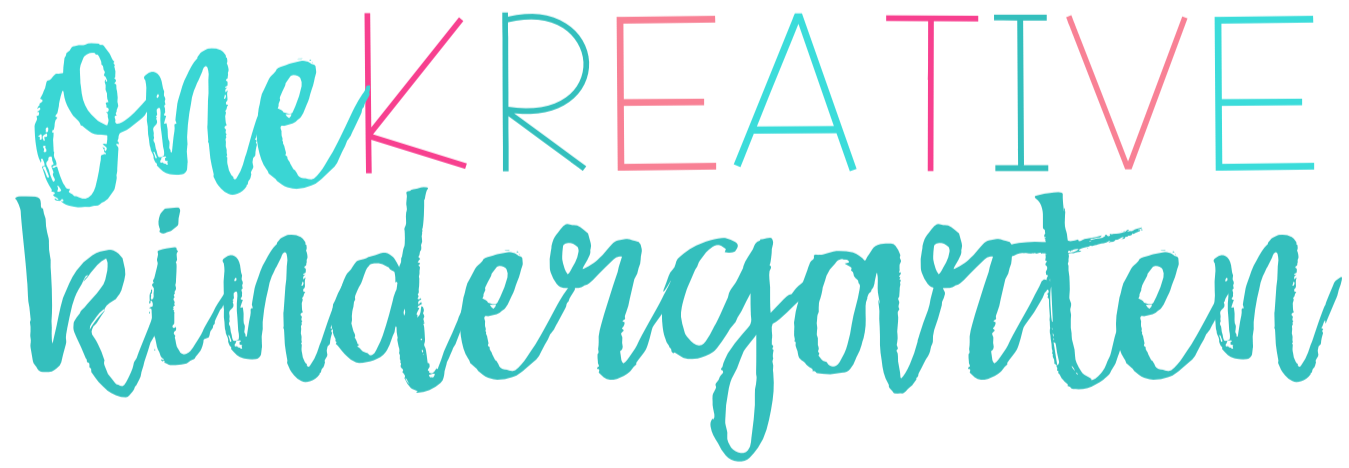Hello there! My name is Alyssa Barban and you may know me as BusyMrs.B from Instagram or Teachers Pay Teachers. I am a second grade teacher who LOVES to make math instruction accessible for all, while maintaining engaging, rigorous, and fun lessons. There are a few key components -three to be exact- to my math teaching style. Have less comfort in what you are doing, constantly push yourself and your kids, and always provide them with the support they need to be successful.
Have Less Comfort in What You Are Doing
As an educator, when I grow comfortable, I become lazy; meaning, I plan less, push myself less, and coddle my learners. In order to make math instruction engaging, we must push ourselves beyond our comfort level. Some of my most successful lessons took place when I let go, provided my students with learning opportunities, and let them thrive.

One of my most memorable lessons took place with the inclusion of jenga! I bought 24 (I know, I am crazy) mini jenga sets from Dollar Tree and painted the blocks multiple colors. We reviewed challenging curriculum, pushing students to collaborate, explain their reasoning, and challenge their own limits. When they learned the goal of this ‘game’, they were instantly hooked and ready to apply their knowledge! This lesson was loud, it was all over the classroom, but it was successful because it allowed for my students to apply difficult problem solving techniques to tackle word problems. When we allow ourselves to doubt our creativity and become too comfortable, we end up hindering our student’s growth.

Constantly Push Yourself and Your Kids
Our kids are capable of amazing things and it is our duty to believe in them, and push them beyond the limits we thought possible. When teaching math, it is easy to give up if they do not get it right away, or begin to make excuses. It is our job to push beyond those doubts, and to provide our students with opportunities to dive deeper into content.

Subtraction was a lesson that I was DREADING as an educator because I had doubts of my student’s and my own abilities. But instead of giving up, I decided to push beyond our ‘typical’ parameters. We pulled out sharpies and balloons and broke down numbers before subtracting. We challenged ourselves, made mistakes, but learned in the process. We are now just days into subtraction and have written on balloons, played musical addition and subtraction, learned a chant, used base ten blocks, whiteboards, and written in chalk. When we push beyond the typical, we can create opportunities for our students to engage in content multiple ways, increasing their potential.

Always Provide Students with the Support They Need to be Successful
Every individual child is different and needs our support to allow opportunities for them to engage in conceptual learning. This does not mean to spoon feed them, it means to provide manipulatives, hands on, inquiry based learning, and provide visual representations of common knowledge (anchor charts).

My place value unit that can be found in my TpT store provided my students with multiple ways to engage with content. They were learning hands on, building numbers, comparing numbers, creating 100s charts, and more! Their engagement was through the roof because I incorporated food and kinesthetic learning. When we provide our students with tools to be successful and the opportunity to apply their learning, they will be successful!
Consistently push yourself beyond your limits, because that is where greatness lies! Math can be fun, engaging, rigorous, and memorable with you as the teacher.
























